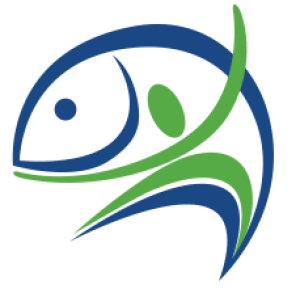
The participation of both women and men is critical for productive, climate-resilient food systems. Yet, women face many more barriers than men. Gender inequality is endemic within natural resource management and agricultural systems, where girls and women have less control over resources, access to services and opportunity to engage in markets.
It has been estimated that between 100 and 150 million hungry people could be fed if rural women gained equal access to land, technology, financial services, education and markets for agriculture. This projection demonstrates why gender inequality is not just “a women’s issue”, but essential to achieve zero hunger.
Shortcomings of the past
For decades, research-for-development initiatives have aimed to advance gender equality, but progress has been slow. Early approaches aimed to address the symptoms of inequality—such as by giving women pumps even if they had no access to water for irrigation—but without tackling the structural barriers that cause inequality.
These barriers are built on the underlying beliefs and social norms that determine what men and women can and should do according to their respective positions of power and privilege—for example that men should make decisions about money, while women should cook dinner. Such social norms are embedded within agriculture and natural resource management, and result in women having less authority in decision-making, fewer leadership roles, and often informal and low-paid work. Women are also often over-burdened by the multiple roles they may play for their family and community.
Trying to fix only the symptoms—and not the causes—of gender inequality does not work. Applying what is dubbed a “gender-accommodative approach” has been shown to yield outcomes that benefit only women directly involved in a given project and only during the project duration—or worse—to unintentionally reinforce gender stereotypes or increase workloads or spending.

Tackling causes of gender inequality
Addressing the root causes of gender inequality, requires creating lasting, transformational change and making long-term commitments. One promising way to do this is by applying what is known as a “gender-transformative approach”.
Working with a gender-transformative approach means moving beyond targeting women, and instead considering the power relations between women, men, girls and boys in whole communities. It also means engaging both women and men, girls and boys, to create change. This way of working is characterized by aiming to shift constraining gender norms—that is, the causes of inequality.
For example, one study in fishing camps in Zambia has used bespoke drama skits to allow women and men to discuss serious and sensitive topics, such as gender roles and power, in a fun and humorous way. Researchers found that this approach built a better understanding of gendered perspectives and was more successful than the usual set of practical strategies in ensuring women’s participation. This work resulted in both women and men changing their attitudes toward gendered roles and in increased women’s empowerment.

New collection of resources on the gender-transformative approach
CGIAR has been at the forefront of research and partnerships developing, using and demonstrating the gender-transformative approach.
Other institutions have also made important contributions, including a compendium of 15 good practices published by the Food and Agriculture Organization of the United Nations (FAO), the International Fund for Agricultural Development (IFAD) and the World Food Programme (WFP). Another highlight are the resources published by CARE and the World Wildlife Fund (WWF).
These publications, and much more, have for the first time been brought together in a one-stop resource collection curated by the CGIAR Research Program on Fish and the CGIAR GENDER Platform.
The still-evolving collection is intended for researchers, practitioners and students, and it includes publications, methods, guides and multimedia for use within all stages of the project cycle. Tools also cover scales from individual use to communities, and they all include contact information if you wish to find out more.
- Visit now: Gender-transformative approaches, a resource collection curated by CGIAR FISH and CGIAR GENDER Platform
Insights, lessons and learning to take forward
Giant strides are necessary to reach the Sustainable Development Goals, including zero hunger, gender equality and empowerment of all women and girls. The World Economic Forum’s Global Gender Gap Report 2021 estimated that the impact of the COVID-19 pandemic increased the time required to close the global gender gap by a generation, from 99.5 years to 135.6 years.
This new collection of resources is useful for practitioners and researchers working to close this gap as quickly as possible. While the gender-transformative approach is still being developed and tested, it is one step in the right direction toward treating not just symptoms, but the underlying ailments that are unjustly keeping girls and women from, on equal footing with boys and men, participating in and benefiting from agriculture and food systems.
###
This article is written by Anna Patel, a consultant for WorldFish and CGIAR, and was first published on the part of the GFAR Partners in Action series.
